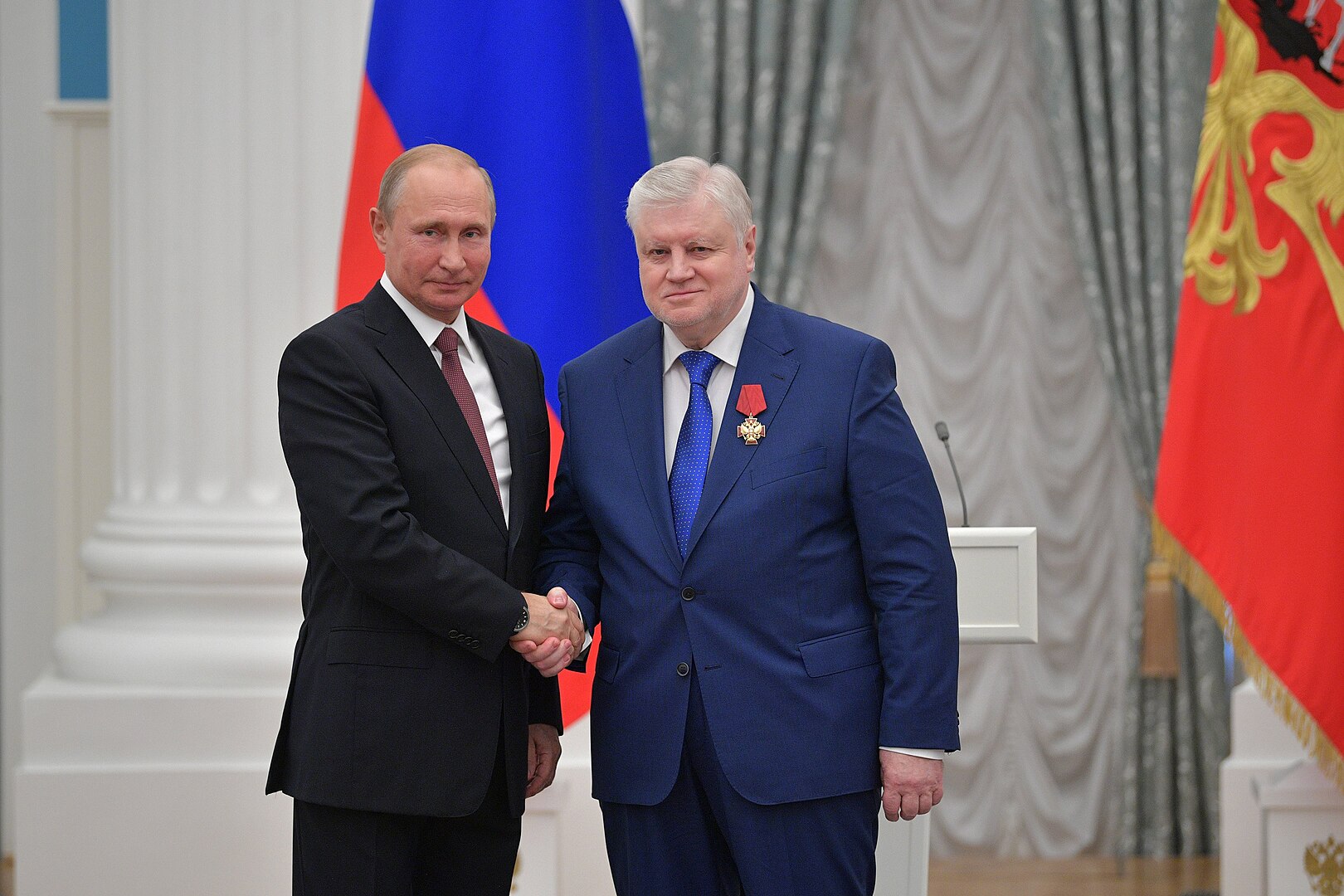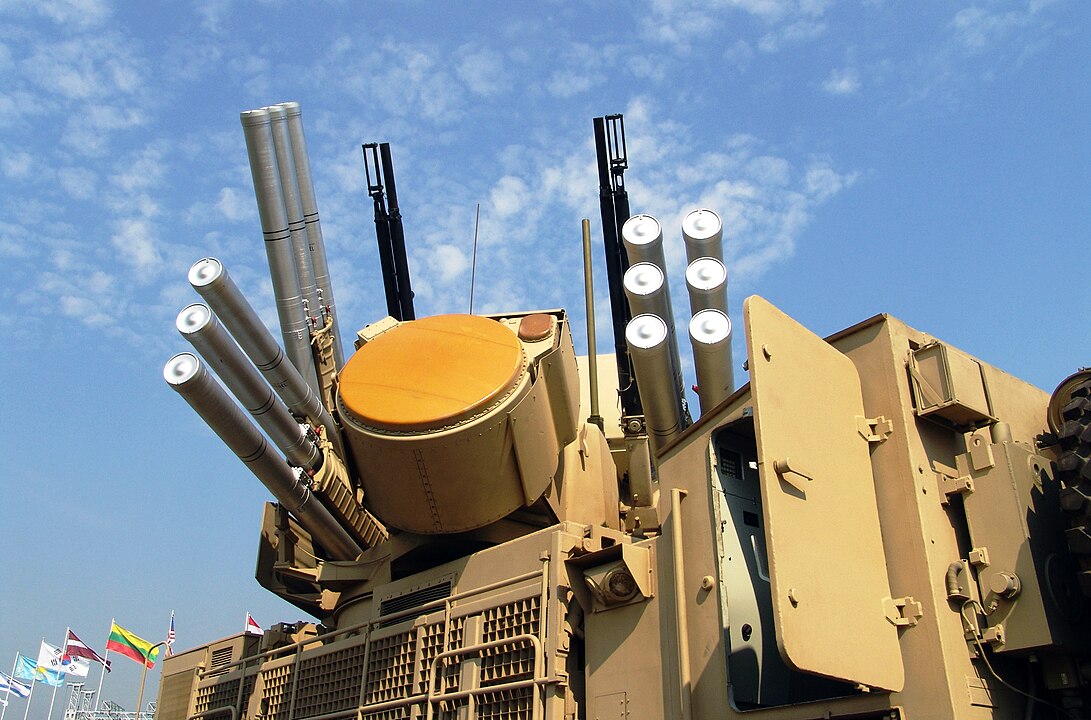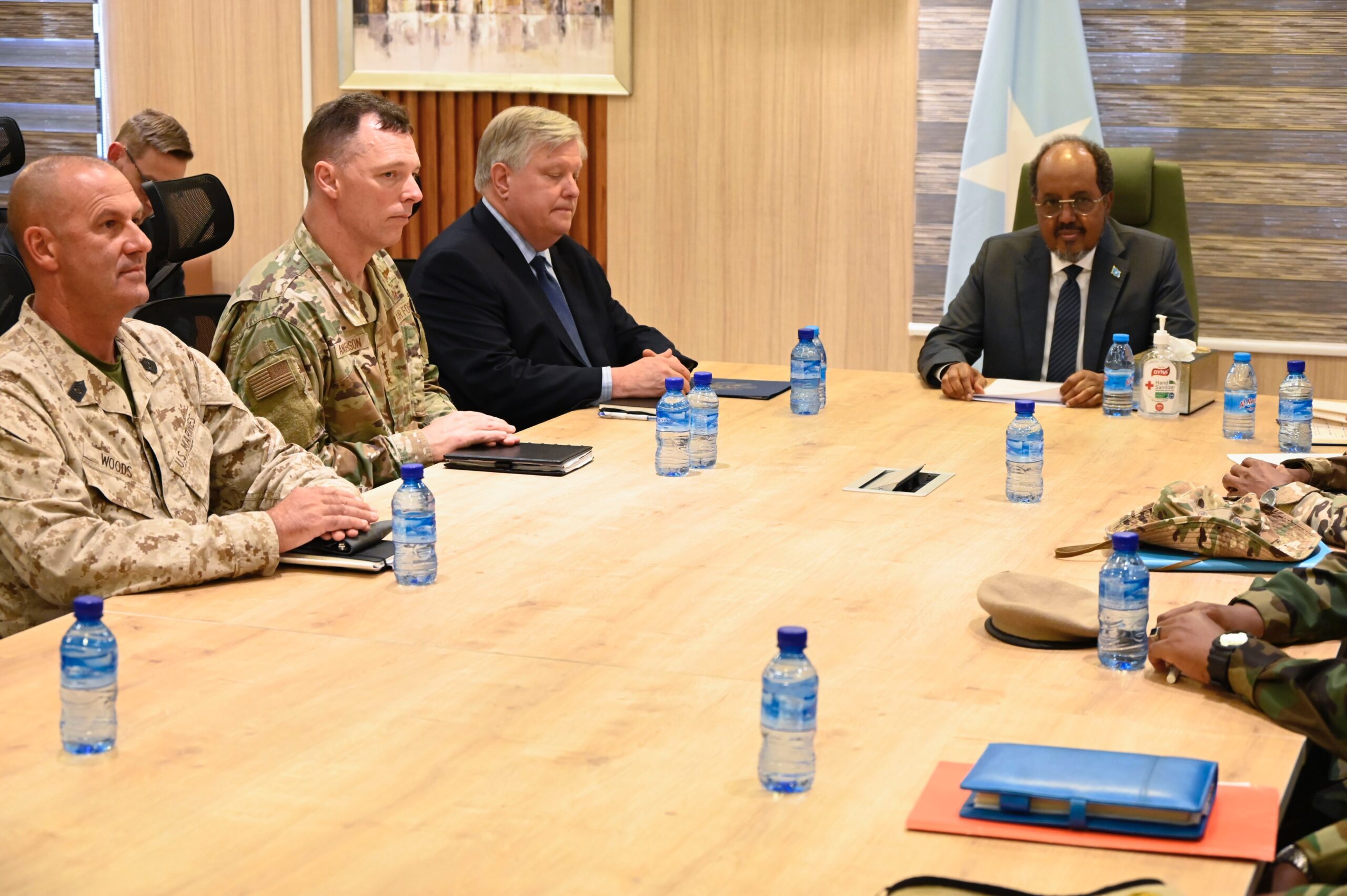When regional relations Iran and Syria called on Russia to help defend them against attacks by America, Israel, and a swarm of former ISIS militants, they received no answer. Analysts at the time said, and the President of Ukraine in fact celebrated, that it was because of Russia’s war in eastern Ukraine that assistance could not be rendered to protect Moscow’s interests abroad.
In contrast, Venezuela’s Nicolas Maduro has called for help, and Moscow has answered, with Russian outlet Gazeta confirming that additional Russian-made air defense systems have arrived in the South American country.
“Information about the volumes and exact names of what is brought from Russia is classified, so surprises may await the Americans,” said Alexei Zhuravlev, the first deputy chairman of the State Duma Defense Committee. “According to the latest information, the Russian Pantsir-S1 and Buk-M2E systems were delivered to Caracas by transport Il-76 just the other day”.
Flightradar24 recorded an Il-76 cargo aircraft flown by Aviacon Zitotrans—a sanctioned Russian airliner known to carry defense and military articles—arriving in Caracas in late October. Regarding the “surprises,” Zhuravlev said he didn’t see any “obstacles to supplying a friendly country” with the Oreshnik or Kalibr cruise missile systems, from existing international obligations.
Another high-ranking Duma official, Sergey Mironov, leader of the opposition (and socialist) party released a statement in which he suggested his country could and probably should “provide the necessary assistance to the country to guarantee its sovereignty and territorial integrity”.
“We can give the United States an opportunity to see what its policy in Ukraine towards Russia looks like…” Mironov said, who like Zhuravlev, singled out the Kalibr cruise missile by name. “In other words, Russia can ‘mirror’ in Venezuela the scenario that the West is implementing in Ukraine by supplying weapons to the Kyiv regime. The only significant difference is that Venezuela does not threaten anyone, and we have no plans to use this country as an anti-American springboard”.
Even short of the cruise missiles, which would give the Trump Administration a substantially different paradigm to work in regarding its plans for Venezuela, the arrival of air defense weaponry cuts right at the heart of the longest-standing foreign policy consensus in Washington: the Monroe Doctrine. Named after the 5th President of the US, James Monroe, the 19th century policy’s 21st century reinterpretation calls for US hegemony of the entire Western Hemisphere, and was invoked in response to Soviet Russia’s actions during the Cuban Missile Crisis, and during the first Trump Administration’s attempt to overthrow Maduro.
Some unverified reports claim that Wagner Group personnel, which have worked in the country before, are in Venezuela training domestic military on at least the Pantsir-S1 system, as it requires specialized knowledge of radar operation and targeting software that it’s not clear the domestic military would possess. If Wagner was in situ preparing the Venezuelans to shoot down American drones, missiles, or pilots, it wouldn’t be any different than what CIA assets have been doing in Ukraine for three years now, but will undoubtedly mark a new, dangerous escalation between US and Russian relations.
One can only imagine how far those relations may fall in a situation whereby Russia begins funneling weapons into a successful defense of Caracas by the Maduro regime against the US.

A ‘Red’ herring
Venezuela’s arsenal is a mixture of old and modern Russian weaponry. The most significant threat the country wields is twenty-one Sukhoi SU-30 fighter aircraft which it acquired between 2006 and 2008. These fourth-generation fighter aircraft carry beyond-visible-sight, supersonic, air-to-air missiles, which could pose a substantial challenge to US F-35s or MQ-9 Reaper drones if the Venezuelan air force can actually scramble and avoid destruction on the tarmac as happened in both Iran and in Syria.
In terms of the ground-to-air weapons, Venezuelan forces man the Russian-made S-125 Pechora-2M and S-300 long-range anti-air missile systems for targeting both aircraft and ballistic missiles, around 12 of the Buk-2M mid-range missile defense platforms, and several hundred anti-air 23mm autocannons.
Some of these systems are old, and most date to Soviet manufacture, but one deceased Ukrainian MiG-29 pilot named Andrii Pilshchykov who spoke with TWZ said that the Buk-M2 was the most concerning threat he faced during operations in defense of his country.
Perhaps more impactful than any of these headline items is the Igla-S24, a shoulder-fired anti-air rocket and the only system in Venezuela’s air defense network that is up to date. Its maximum range is 5,000 feet farther than the US-made Stinger missile, and the military was said in 2017 to have an arsenal of over 5,000 of these according to a report from Reuters.

Speaking with The Guardian, Andrés Izarra, a former government minister under Maduro’s predecessor Hugo Chavez, who now lives in exile, specifically singled out the Igla as arguably the keystone component in the country’s strategy to resist Trump.
“How are you going to get a Black Hawk to operate in Venezuela, where anyone can have an Igla and bring it down? They’re going to turn Caracas into Mogadishu,” he said, referring to Operation Gothic Serpent, the botched raid in Somalia’s capital in 1993 that was the setting for the Hollywood film Black Hawk Down.
All this is to say that any missile, rocket, or bullet fired in anger at an American pilot or drone in the event of a hypothetical attack on Venezuela by the Pentagon will be blamed on Russia, and the destruction of the whole Maduro regime would then in theory be necessitated by the Monroe Doctrine.
Yesterday, WaL reported on 4 current plans presented to Trump for military action against Venezuela. There are already some 10,000 military personnel, Special Forces teams, a squadron of F-35s, a submarine, 8 warships, a Marine Corps amphibious lander, and an arriving aircraft carrier strike group positioned off the nation’s coast, which would make it one of the most substantial military buildups anywhere in the world.
With this combined arms force, Trump has supposedly been presented with actions to varying degrees of scale, with the smallest being a decapitation-style bombing or raid against Maduro, and the largest a take-and-hold operation targeting oil fields, airports, and other sites of importance that would force the Maduro regime to abdicate. WaL examined each plan and found a parallel with recent, failed operations in countries like Iraq and Yemen. WaL
We Humbly Ask For Your Support—Follow the link here to see all the ways, monetary and non-monetary.
PICTURED ABOVE: The Pantsir-S1 air defense system, combining radar, autocannons, and mid-range interceptor missiles. PC: Vitaly V Kuzmin CC 4.0. BY-SA



